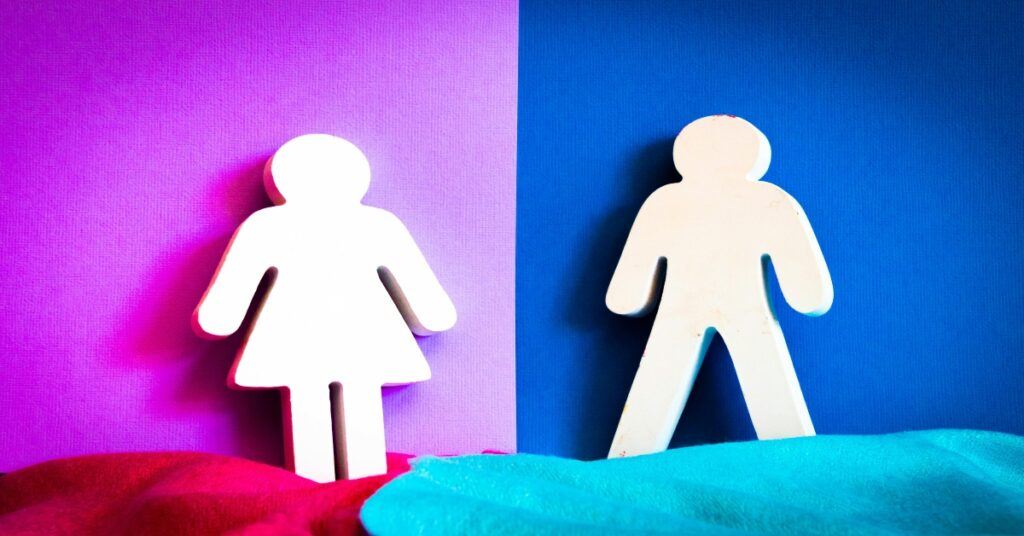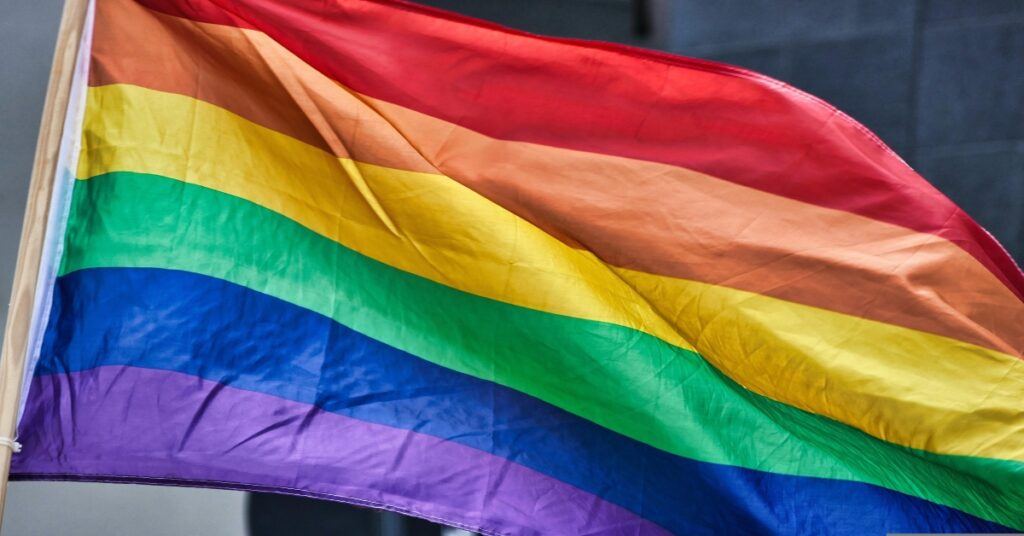BY: Shayla Brown
Published 3 hours ago

The word “cisgender” is often used online — but few people stop to ask what it actually means. At its core, cisgender simply describes someone whose gender identity matches the sex they were assigned at birth.
If you were labeled “female” at birth and identify as a woman, you are cisgender. If you were labeled “male” at birth and identify as a man, you are cisgender too. Researcher Dana Defosse shared that she “coined the term cisgender in 1994,” as part of her graduate research. “I knew that in chemistry, molecules with atoms grouped on the same side are labeled with the Latin prefix ‘cis–,’ while molecules with atoms grouped on opposite sides are referred to as ‘trans–,’” she wrote in HuffPost. “So, cisgender. It seemed like a no-brainer.”
Myth check: Being cisgender doesn’t mean you are straight.

Being cisgender and being straight are not the same thing. Cisgender describes gender identity — who you are by your own definition. Identities such as straight and heterosexual describe sexual orientation, essentially, who you are attracted to. A person can be cisgender and gay — a man who identifies as male and loves men, and vice versa.
What does “cishet” mean?
The term “cishet” blends cisgender and heterosexual. It describes people who are both cisgender and straight. Cishet people identify with the gender they were assigned at birth and are attracted to the opposite sex.
The Truth About Cisgender Privilege
Is cisgender privilege real? Yes — and the facts back it up. The violent crime victimization rate for transgender people was 93.7 per 1,000 people compared to 21.1 per 1,000 among non-LBGTQIA+ people, according to the 2022 and 2023 National Crime Victimization Survey. In the workforce, 47% of transgender employees reported workplace discrimination or harassment in 2024, compared to 15% of cisgender LGBTQIA+ employees.
Between May 1, 2024, and May 1, 2025, GLAAD tracked 932 anti-LGBTQIA+ incidents in 49 states and DC — about 2.5 incidents per day. Of those, 52% specifically targeted transgender and gender non-conforming people, including 84 injuries and 10 deaths.
According to a 2024 survey by the Center for American Progress, 62% of transgender adults in the U.S. experienced discrimination in the past year. Additionally, the UCLA School of Law shares that 82% of transgender employees say they have experienced workplace discrimination or harassment at some point in their lives.
The 2022 U.S. Trans Survey revealed that across 12 months, 30% of respondents reported being verbally harassed, 39% were harassed online, and 9% reported being denied equal treatment or service during that time because of gender identity/expression.
These are realities that many transgender and nonbinary people live with every day. Recognizing cisgender privilege does not mean your life is easy — it means gender identity is not one of the things making it harder. This understanding is not guilt; it is awareness. Language evolves to help us see what used to be invisible — and “cisgender” helps name the norms we’ve taken for granted.
What do you think — does understanding the meaning of “cisgender” change the way we talk about gender and privilege? Drop your thoughts in the comments below!


